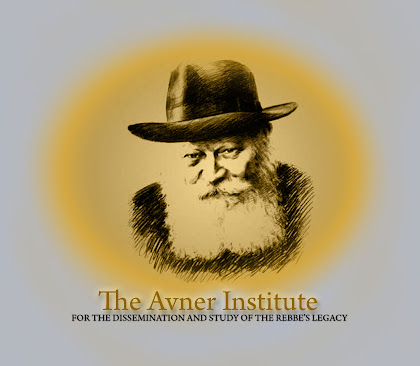 Simchas Torah. The very walls of 770 Eastern Parkway would thunder, as thousands of visitors from all over the world gathered to rejoice with the Lubavitcher Rebbe, who would dance intensely in a circle with the Sefer Torah.
Simchas Torah. The very walls of 770 Eastern Parkway would thunder, as thousands of visitors from all over the world gathered to rejoice with the Lubavitcher Rebbe, who would dance intensely in a circle with the Sefer Torah.The Avner Institute presents the following article, reprinted from the New York Times, Oct. 30, 1967, where journalist Sidney E. Zion avidly shares with his readers the sheer bliss – and honor – of watching the Rebbe’s Hakafos.
Good Yom Tov
Menachem
Thousands of Hasidic Jews ended a long weekend of singing, dancing, jumping and clapping yesterday, rejoicing as ever in the Torah, if a little tired from it all.
“We hustle—religion is no picnic with us,” said a red-bearded young rabbi, Samuel Schrage, at the height of the tumultuous Simhath Torah festivities at the Lubavitcher Synagogue, 770 Eastern Parkway, Brooklyn.
The happiest day in the Hebrew calendar, Simhath Torah (literally “rejoicing in the law”) marks the completion of the Torah cycle, a year-long reading through the Five Books of Moses, which detail the basic guidance and teaching imparted to Israel. The cycle ends with the chanting of the last chapter of the last book and the reading of the first chapter of the first book.
The holiday is celebrated with gaiety by all branches of Judaism, but none of the Hasidim, whose rejoicing in strict Orthodox beliefs leads them to pitches of religious excitement unknown in others less fervid.
Indeed, while Simhath Torah officially ended before sundown on Friday, Rabbi Yehuda Krinsky said confidently: “The Rebbe will keep things moving right up to Sunday.”
Converge on Brooklyn
And he did, speaking until 1:30 a.m. yesterday when the service ended with the singing of “Dem Rebbens Niggun” (“The Rabbi’s Tune”), written by Schneor Zalman, the founder of the movement.
The Lubavitcher Rebbe is Menachem M. Schneerson, who, as the rabbi of rabbis, is the leader of 250,000 people, the world’s largest Hasidic group.
Black-coated, bearded Jews from many parts of the world flocked to Brooklyn last week to be near the Rebbe, and in the early hours of Friday, the cavernous synagogue was packed.
The 65-year-old Rabbi Schneerson, whose family traces back some 200 years to the group’s birthplace in the Russian village of Lubavitch, brought 30 elderly Russian Jews to Brooklyn for a visit over the holidays.
Many had been imprisoned in the Soviet Union and were quietly released and sent to Israel within the last two years, due largely to the efforts of the Lubavitcher movement.
Some of the Russian émigrés, white-bearded and wearing peaked caps reminiscent of the Lenin period, stood behind the Rebbe’s dais for five hours as he spoke in Yiddish to 1,500 people on subjects ranging from the mystical interpretation of the scriptures as continued in the Cabala to hippies.
“That man spent 22 years in a Russian prison,” a congregant said, pointing to an old but alert man standing by Rabbi Schneerson. “All his life he’s waited to be where he is now, all his life to be with the Lubavitcher Rebbe on Simhath Torah.”
Vodka is Served
Rabbi Schneerson stopped speaking from time to time to serve vodka and sponge cake to those around him. As the Rebbe sipped, so did the Hasidim. Women of the synagogue looked down from the balcony.
But the singing and dancing was dominant as the pulsating rhythms of the melodies turned the synagogues into a festive hall.
A visitor, the Rev. William Sloane Coffin Jr., chaplain of Yale University, smiled as he watched the celebration. “Wonderful,” he said, “wonderful, just wonderful.”
Rabbi Schneerson, patriarchal figure in a long black coat and soft black hat, led the singing at the apex of the Simhath Torah ceremonies. Using his right hand to conduct, he brought followers to a high point and the chanting and jumping seemed to rock the building.
He then turned and began to pray, and the congregants stopped where they were.
Finally, the Torahs were removed from the Ark and Rabbi Schneerson walked with his closest followers between the crowds swarming to get near him.
In the middle of the synagogue, Rabbi Schneerson and a few elders did the traditional dance – one man’s arm on another’s shoulder, circling the floor with scrolls in hand.
At a high post nearby, where the rabbi had earlier led the singing, a Russian Jew looked into the eyes of a stranger, smiled, and without a word put his arm on the stranger’s shoulder and the two danced until the rabbi stopped.


No comments:
Post a Comment